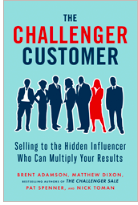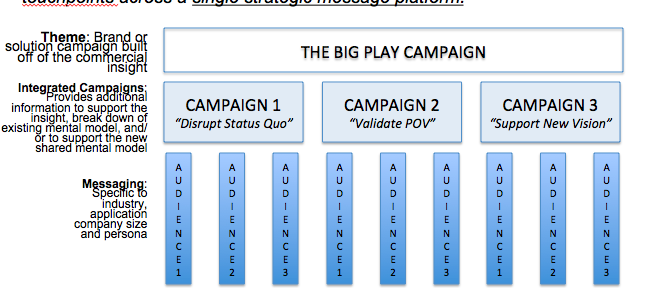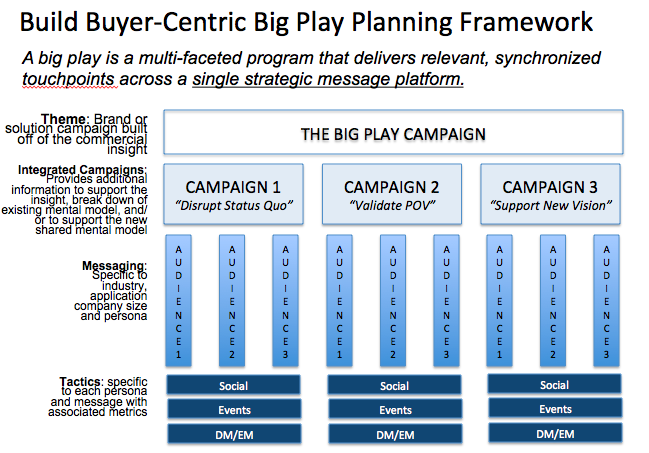Just when we’ve convinced the organization that the key to our marketing communication success is personalized content, new research from CEB highlights that we actually may be doing more harm than good.
The years spent improving our understanding of the buyers journey, the development of more insightful personas and content, may have resulted in marketers ability to be too good at personalizing solutions to buyers. How can that be?
 The issue, according to CEB’s research underpinning their new book The Challenger Customer, is that our improved ability to increase a buyer’s awareness of those areas of a solution most relevant to them, has inadvertently increased visibility into the overall risks associated with the purchase decision and/or change. As a result, buyers begin to unbundle and simplify solutions, driving down price points. The shocker of this insight is that marketers improved ability to personalize content may be coming at a cost to sales.
The issue, according to CEB’s research underpinning their new book The Challenger Customer, is that our improved ability to increase a buyer’s awareness of those areas of a solution most relevant to them, has inadvertently increased visibility into the overall risks associated with the purchase decision and/or change. As a result, buyers begin to unbundle and simplify solutions, driving down price points. The shocker of this insight is that marketers improved ability to personalize content may be coming at a cost to sales.
According to co-author, Pat Spenner, the real challenge lies in convincing buyers to first agree on making a change. “Focus your content marketing efforts on creating a consensus case for change among the decision making group,” which according to CEB’s research, now involves at least five people in the typical B2B purchase.
According to Spenner, “personalization can hurt the buyer’s ability to get that critical early consensus, because it can cement those individual stakeholders into their individual contexts, without doing anything to bring that more diverse group together around a common vision for change.”
So should we stop personalizing our communication? No, but it does highlight the need to also create that common rallying point, and to equip key buying group stakeholders with the tools to create consensus around it. Something the authors say helps clients elevate the conversation from “me to we,” an umbrella approach that ties your content efforts together regardless of the audience being targeted.
To motivate buyers to change you first have to disrupt their status quo by planting and nourishing seeds of doubt about “business as usual.” Show them not just the benefits of action, but the consequences of inaction. CEB recommends using fact-based content built off a Commercial Insight to break down buyers existing mental models.
Concurrent with breaking down the audience’s long held beliefs, you need to give them something to aspire to — a new future state that rallies the group to take action. This is where a compelling creative campaign does the heavy lifting. A “big play” campaign, like IBM’s “Smarter Planet” creates a compelling future vision but also provides a broad platform to disrupt IBM’s many different buyers and to cover IBM’s expansive solution/product portfolio.
Personalization is still essential, and comes via messaging to specific audiences, but it is built on the commercial insight, and aligned to the common vision of the future state. It’s not that personalization doesn’t work, in fact, it can be very effective for breaking the status quo,” according to Spenner, “but you also need an unifying rallying point for buyers who may be too attuned to the risk associated with change.”
The key to leveraging the good work marketers have done to increase relevancy with buyers? Properly balance and/or convince the audiences that the rewards associated with making the change, both organizationally and personally, outweigh the risks you’re asking them to take on. If not, they will reduce the risk for you, and you may be hearing about it from sales.


